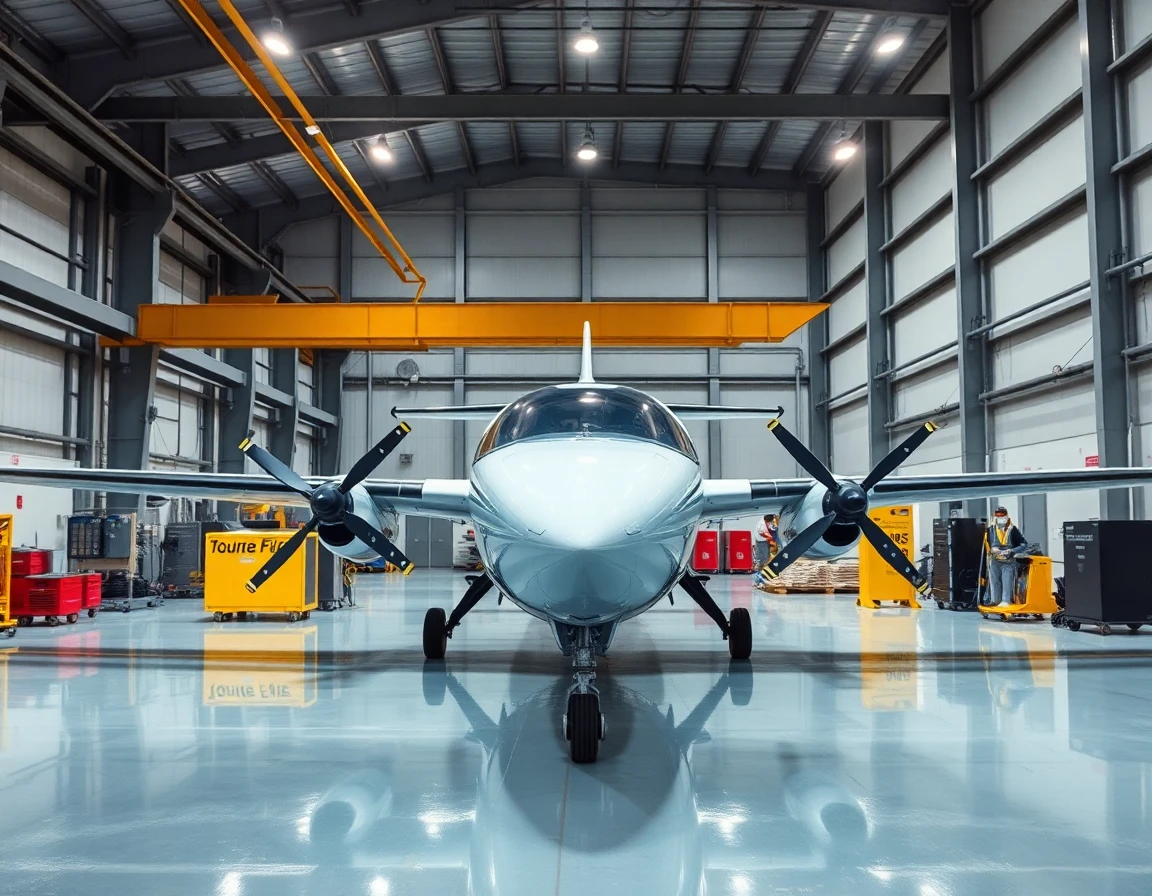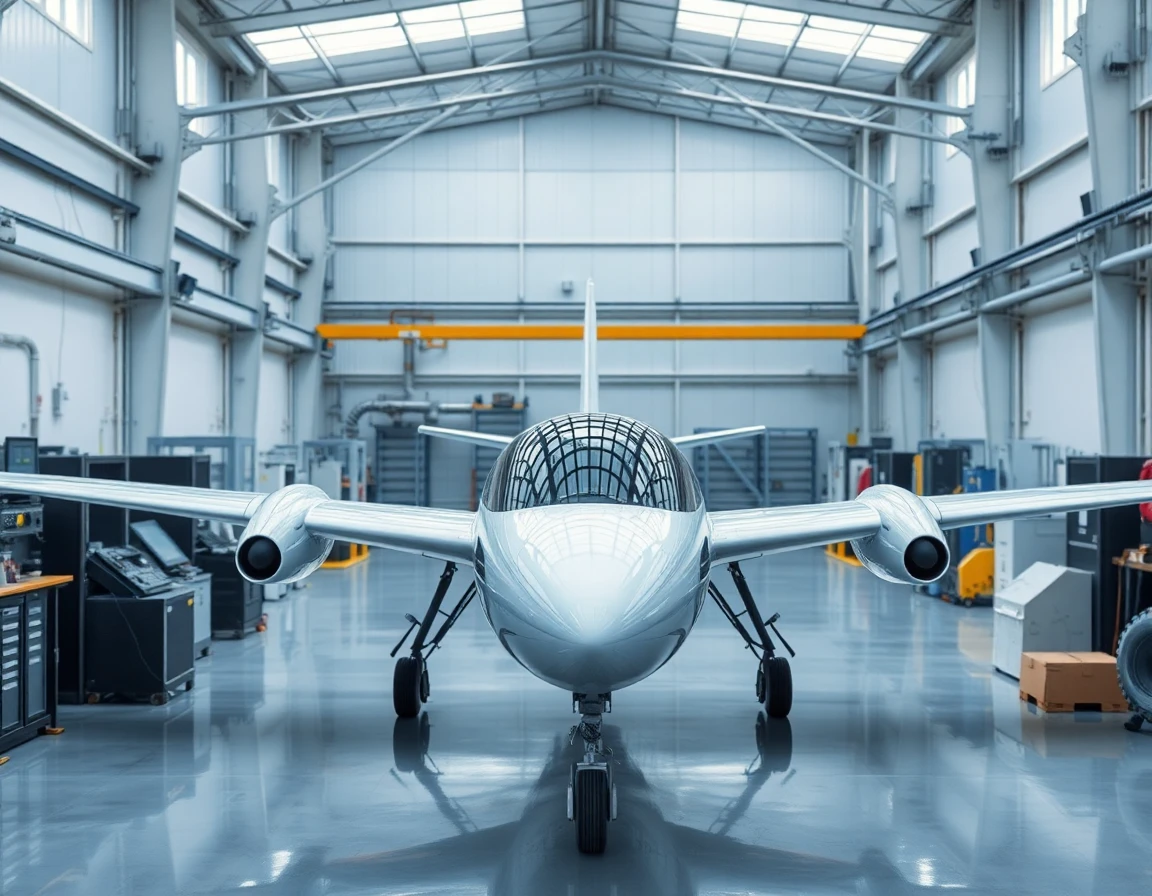The aviation industry is on the brink of a major transformation with the growing adoption of electric aircraft. As environmental concerns intensify and technological advancements accelerate, both commercial and military sectors are increasingly looking towards electric propulsion systems. This article delves into the current state of electric aircraft, examining their market potential, technological innovations, and future implications.
The Electric Aircraft Market: An Overview
Electric aircraft represent a significant shift in aviation, promising reduced emissions, lower operational costs, and enhanced efficiency. According to a report by the International Air Transport Association (IATA), the market for electric aircraft is projected to reach USD 26 billion by 2035. This growth is fueled by an increasing demand for sustainable aviation solutions and advancements in battery technology.
Key Drivers of Adoption
Several factors are driving the adoption of electric aircraft:
- Environmental Regulations: Stricter emissions regulations are compelling airlines to seek greener alternatives. Electric aircraft have the potential to reduce carbon emissions significantly compared to traditional jet fuel-powered aircraft.
- Technological Advancements: Innovations in battery technology, such as lithium-sulfur and solid-state batteries, are enhancing the performance and range of electric aircraft. These technologies are crucial for overcoming one of the biggest challenges—limited flight range.
- Market Demand: With a growing interest in urban air mobility and regional electric flights, consumers are increasingly favoring airlines that prioritize environmental sustainability.
Technological Innovations in Electric Aircraft
The technological landscape for electric aircraft is evolving rapidly. Key innovations include:
- Battery Technology: The development of high-energy-density batteries is essential for achieving longer flight ranges. Companies like Pipistrel and Bye Aerospace are at the forefront, creating electric aircraft that can operate effectively on shorter regional routes.
- Electric Propulsion Systems: Electric propulsion offers a quieter and more efficient alternative to conventional jet engines. The integration of high-performance electric motors is critical for enhancing thrust and overall efficiency.
Precision Navigation and Control
For electric aircraft to operate safely and efficiently, advanced inertial navigation systems are necessary. These systems provide precise tracking and positioning, ensuring that electric aircraft can navigate accurately during flight. With the rise of electric aircraft, the demand for high-precision navigation solutions is expected to grow, particularly in military applications where reliability is paramount.
Military Applications of Electric Aircraft
The military sector is also exploring electric aircraft, primarily for surveillance and transport roles. The U.S. Air Force and other defense agencies are investigating electric vertical takeoff and landing (eVTOL) aircraft for urban operations and logistics delivery in challenging environments. The benefits of reduced noise and lower operational costs make electric aircraft an attractive option for military applications.
Expert Insights
John Smith, an aerospace engineer at AeroDynamics, notes, “Electric aircraft are not just a trend; they represent a paradigm shift in how we think about aviation. With advancements in battery technology and electric propulsion, we are approaching a tipping point where electric flights will become a viable option for both commercial and military aviation.”
Future Prospects and Challenges
While the prospects for electric aircraft are promising, several challenges remain. The current limitations in battery energy density mean that electric aircraft may not yet be suitable for long-haul flights. Additionally, the infrastructure for charging and maintaining electric aircraft is still in its infancy. However, companies are investing heavily in research and development to address these issues.
Potential Impacts
The widespread adoption of electric aircraft could have far-reaching impacts on the aviation industry:
- Cost Reduction: Lower fuel and maintenance costs associated with electric aircraft could lead to decreased ticket prices for consumers.
- Environmental Benefits: A significant reduction in carbon emissions could be achieved if electric aircraft are adopted on a large scale, contributing to global efforts to combat climate change.
Conclusion
The electric aircraft market is set to revolutionize the aviation industry, driven by technological advancements and a growing emphasis on sustainability. With continuous improvements in battery technology and electric propulsion systems, the dream of a cleaner, quieter aviation future is becoming a reality. As the industry moves forward, collaboration among manufacturers, regulators, and technology developers will be essential to overcome current limitations and fully realize the potential of electric aircraft.
As the electric aircraft sector continues to develop, it is crucial for stakeholders to stay informed about the latest technological innovations and market trends. The future of aviation is electric, and the journey has just begun.
References
-
electric aircraft Research - defensenews.com (defensenews.com)
-
electric aircraft Research - aviationweek.com (aviationweek.com)
-
electric aircraft Research - spacenews.com (spacenews.com)



